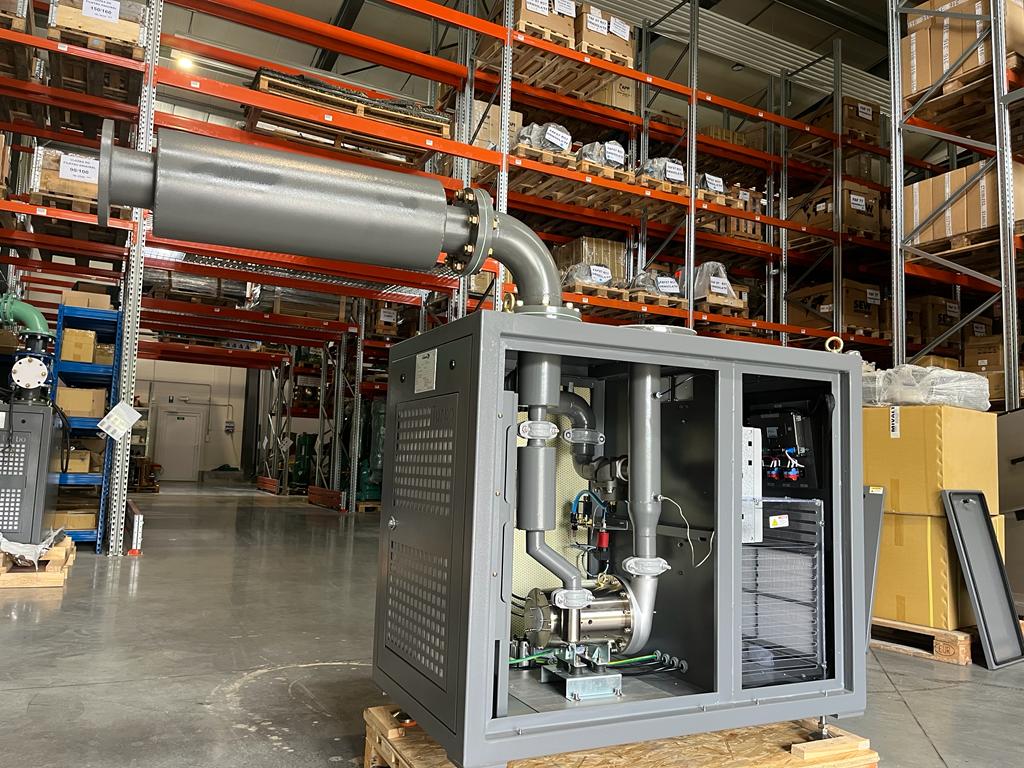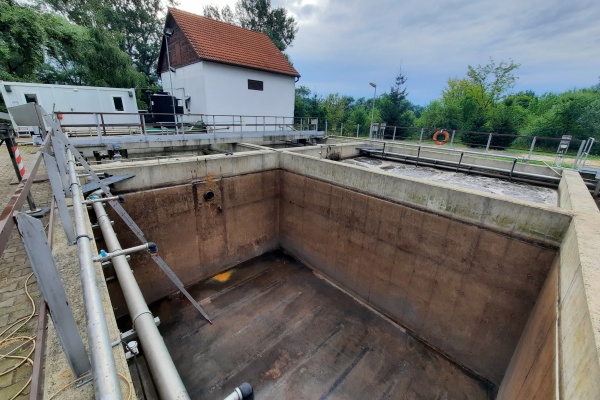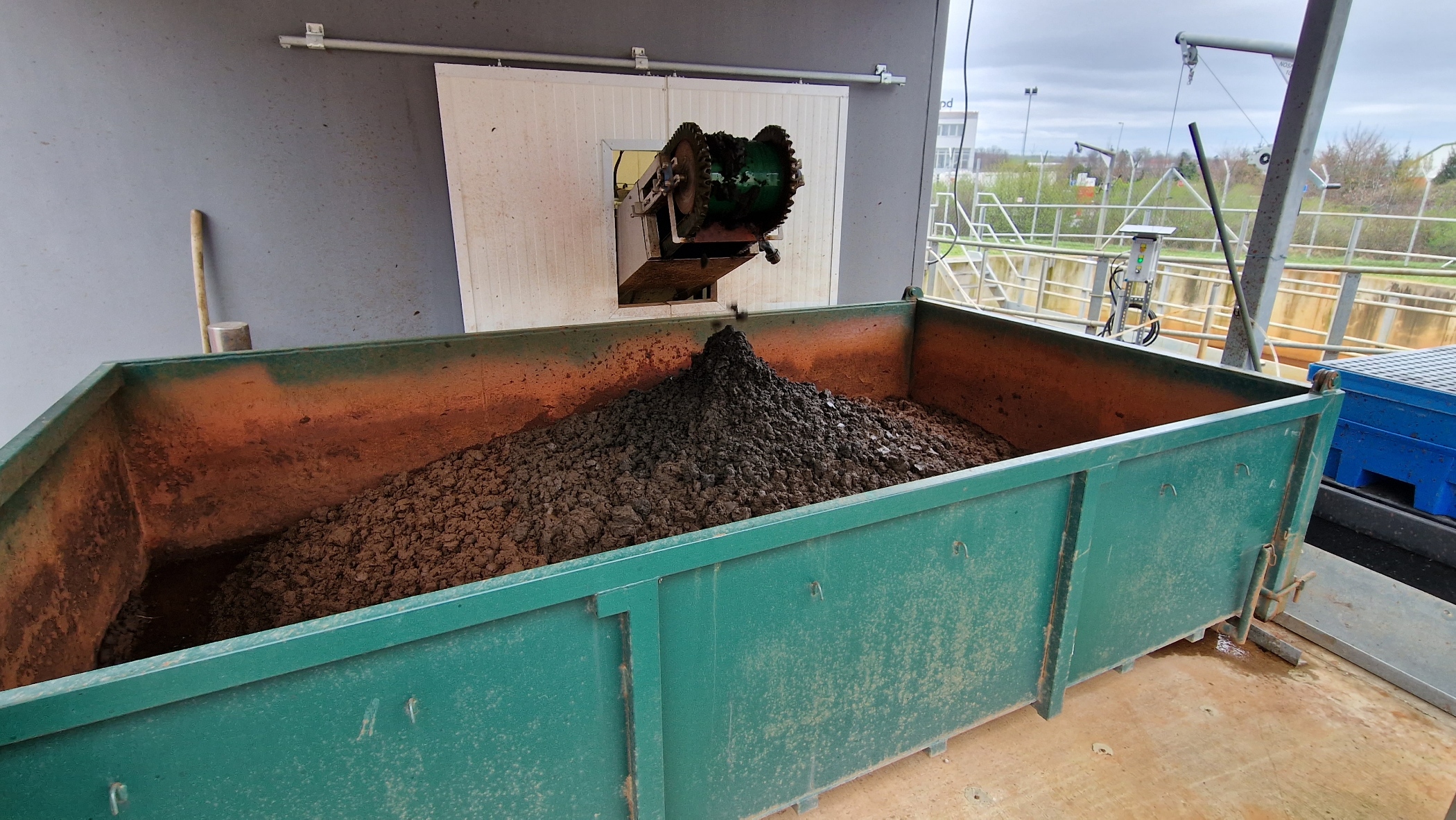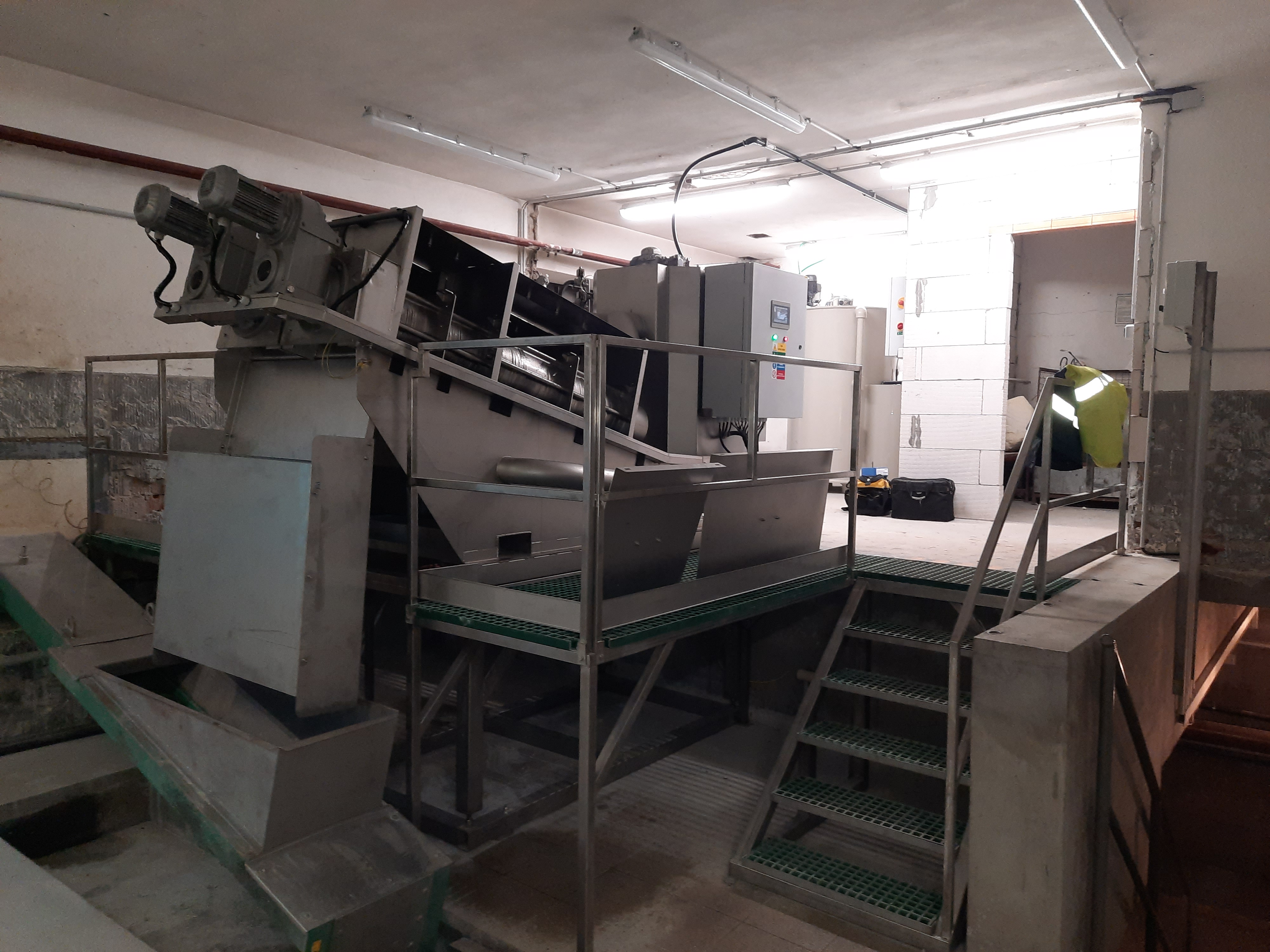Five ways to keep your wastewater treatment plant costs under control
Whether it's the electricity bill, managing sludge, or the number of staff needed, running a sewage treatment plant can be a financial challenge. Even neglecting maintenance can lead to significant cost increases over time. To help you navigate these challenges, we've identified five key areas to focus on when you want to keep your WWTP costs under control.
1) Limit electricity usage

One of the most significant drains on your finances is likely energy costs. However, there are numerous areas in your wastewater treatment plant where you can make substantial reductions in consumption. By investing in the right technologies, you can potentially save a significant amount of money.
Next to digestion tank heating, your aeration systems are probably responsible for most of your energy usage. Experience shows great increase in savings only by maintaining the system and even higher reduction in costs with optimized aeration systems. This is because aeration elements wear out over time, clogging may occur, and in some cases, the membranes can break. These problems significantly reduce the efficiency of the aeration process, resulting in higher energy consumption. In addition, increasing pressure drops place greater loads on the blowers, accelerating their wear. Higher system pressures can result in higher outlet air temperatures and a reduction in oxygen transfer efficiency, challenging the efficient and economical operation of the treatment plant.
Therefore we recommend keeping up regular inspections and schedule a repair or replacement if any damage occurs. Don't underestimate the choice of the blower. Our practical experience shows that appropriate blower selection combined with a functional aeration system can save up to 40% energy. Your investment in a new system or equipment could pay for itself in a year by saving on electricity.
The technology you use for sludge dewatering is also crucial. In Czech wastewater treatment plants, as a rule, we find most often centrifuges (decanter) or dewatering screw presses and, in some cases, belt presses. Their comparison was discussed in a separate article. In terms of energy consumption, the dewatering screw presses perform best.
2) Maintain Proper Water Management

One way we can be more environmentally friendly and save money at the same time is by recycling water in wastewater treatment processes. Instead of using “new” tap water for activities such as rinsing, cleaning equipment, or watering greenery, we can use water that has already passed through the treatment plant. This water is suitable for the above mentioned purposes which is a great way to reduce the consumption of new water.
There are several ways to increase the amount of water that can be reused. One such method is dewatering, in which filtered water is returned to the treatment process, increasing the reusable water volume. However, it is essential to note that the flocculants from the filtered water used during the dewatering process should be broken down. This is a crucial step to ensure that recycled water is suitable for reusing.
3) Reduce the amount of waste removed
Efficient dewatering is closely related to the amount of dewatered sludge (DS or dry matter) that you must regularly remove from the treatment plant. The more thorough the dewatering process is, the less waste that has to be transported, and thus, the cost of waste removal and treatment is significantly reduced.
In practice, this means that your sludge dewatering target should be as high a percentage of dry matter as possible. However, it is crucial to choose the right dewatering equipment for the wastewater treatment plant and to prepare the dewatering process correctly.
4) Process the dewatered sludge

Although dewatered sludge is considered waste, it can also be an essential raw material.
Its use is naturally in agriculture. It is rich in nutrients such as nitrogen, phosphorus, and potassium. It helps improve soil fertility and promotes crop growth. On the other hand, it can also contain hazardous substances, so ensuring that sludge meets all regulatory requirements and standards for application to agricultural land is important.
Dewatered sludge is also used to produce biogas, which is one popular way to get rid of this brown gold.
It has also been found useful in the construction industry. Research shows that wastewater sludge is a useful ingredient in the production of some building and insulation materials. It increases their insulating capacity and reduces the cost of production.
In most cases, however, the dry matter goes to composting plants, where the sludge is homogenized (heated to reduce pathogenic microbes) and processed back on the premises.
5) Save workforce

With relatively low unemployment, labor costs are steadily increasing. At WWTPs, optimal process design and a focus on automation can reduce the demands on operators. Meanwhile, automated systems are increasingly more suited to operators of large wastewater treatment plants, where they can be used to their full potential. When choosing technologies, you can reach for a dewatering screw press or an automatic polymerisation station, for example, which do not require the presence of a workforce as often.
Each wastewater treatment plant is unique and requires an individual approach. However, the principles we have outlined are universally applicable.
Incorporating modern technologies and approaches into your operation may require an initial investment. However, our experience shows that the return of these investments is rapid due to the savings they bring.
If you are looking for advice on how to make your wastewater treatment plant more efficient, cost-effective, and sustainable, please contact us today. We would be happy to help you.


